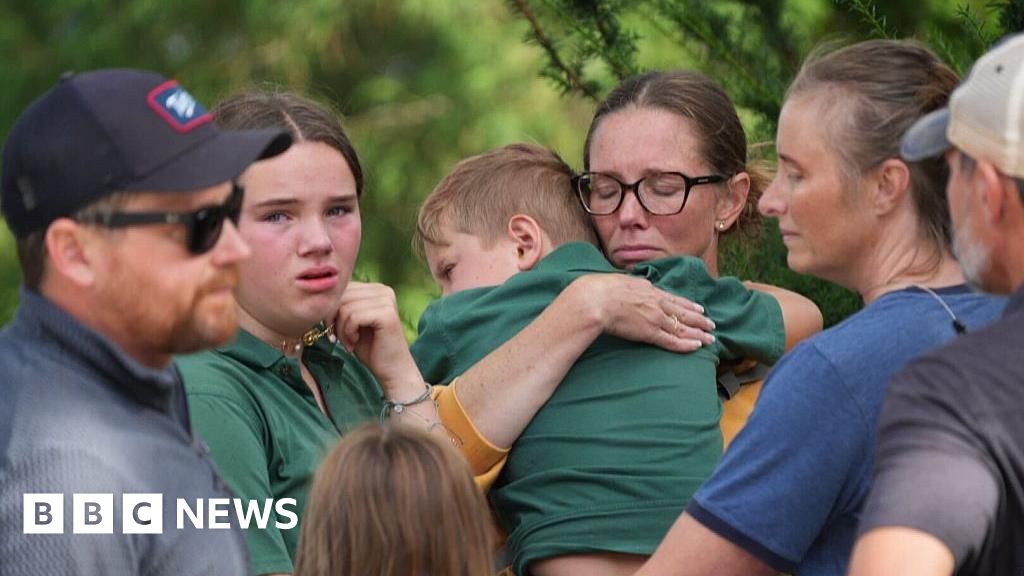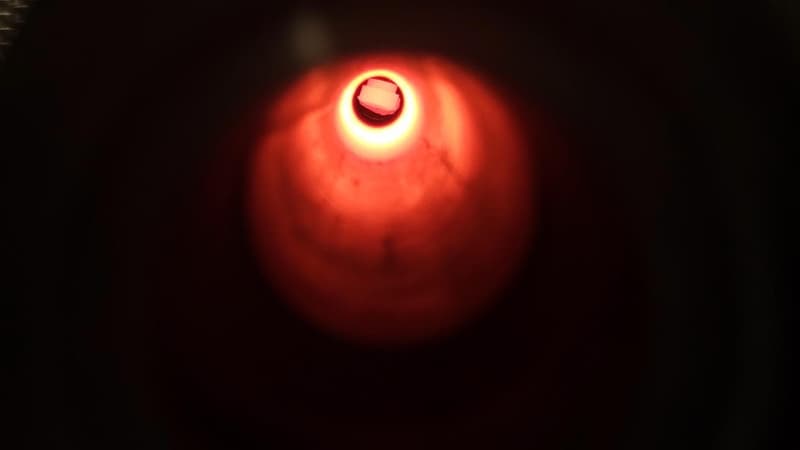UK's Pioneering Mitochondrial Donation: A Decade in the Making, Celebrated Births, and Lingering Questions
A Groundbreaking Leap or a Cautious Step Forward?
Imagine a world where some of the most devastating genetic disorders could be swerved before a baby even takes its first breath. That's exactly the universe the UK opened up a decade ago when it became the first country to legalize mitochondrial donation. Now, the first results of this pioneering technique are in, revealing both triumphs and new questions.
The Countdown to Now
After ten years of anticipation, the world is finally seeing the fruits of this high-profile reproductive technology. This isn't just any update; it's a monumental moment for science and hopeful families across the globe. Eight children have been born healthy, courtesy of the diligent work of scientists and doctors in Newcastle, England.
Why Mitochondrial Donation Matters
For those new to the concept, mitochondrial donation involves a trio of DNA contributors: the nuclear DNA from the mother and father, and healthy mitochondrial DNA from a donor egg. This innovative mix was designed to prevent the passing of severe genetic disorders like Leigh syndrome, which can cripple a child's ability to produce energy at the cellular level, leading to severe disability or even death.
The New England Journal of Medicine has spotlighted this technique with two groundbreaking papers. The procedure was used for 22 women plagued by faulty genes, marking a significant stride in the battle against inherited diseases.
A Celebration Tempered with Questions
Despite these successes, the road hasn't been smooth or transparent. Why did it take so long for this data to surface, especially considering the hefty public investments? In a nation lauded for its reproductive advancements, transparency wasn't just expected—it was owed.
Moreover, while eight babies are a victory, this figure starkly contrasts with initial predictions of 150 annual births. The regulator has greenlit 32 applications since the Newcastle team got their license in 2017, but only 22 proceeded, raising eyebrows about the procedure's efficacy and the realism of early expectations.
Safety: A Question That Lingers
Safety is perhaps the biggest elephant in the room. Two out of the eight newborns exhibited higher levels of maternal mitochondrial DNA, hinting at a possible backslide where faulty mitochondria could make a comeback. This risk complicates the narrative of success and underscores the need for ongoing scrutiny.
The technique, initially pitched as a safeguard against mitochondrial disorders, is now seen as a risk reducer. But is this risk reduction substantial enough to expand its use? And what of the parents who must live with the uncertainty of their child's health possibly deteriorating in the future?
Experts suggest testing the technology on women with fertility issues but no mitochondrial diseases to better understand the potential reassertion of defective mitochondria. This could offer further clarity before applying the technique to those facing severe genetic risks.
The Patient Experience: A Mixed Bag
Patient experiences vary. How many sought this procedure, and why were some not approved? Among the approved, why did only 22 proceed? These are the stories that need sharing, especially for those who invested time and hope yet didn't achieve the expected outcome of a healthy biological child.
The Path Forward
In essence, while we celebrate these births as a beacon of hope for affected families, the journey of mitochondrial donation is far from over. The UK, as a front-runner in reproductive medicine, bears the responsibility of keeping the public informed—warts and all. Transparency and ongoing research are crucial for maintaining trust and fulfilling the promise of this revolutionary technology.



























